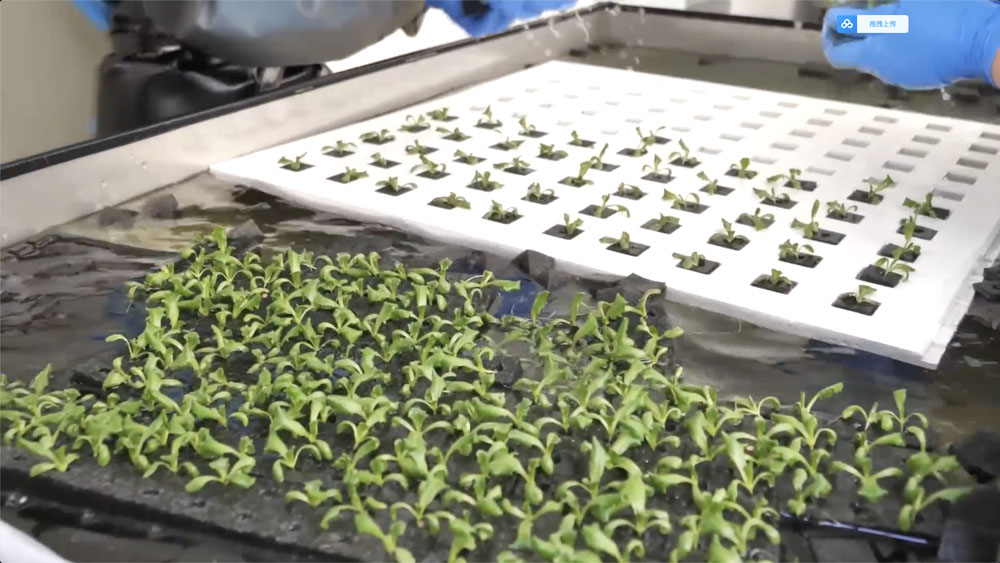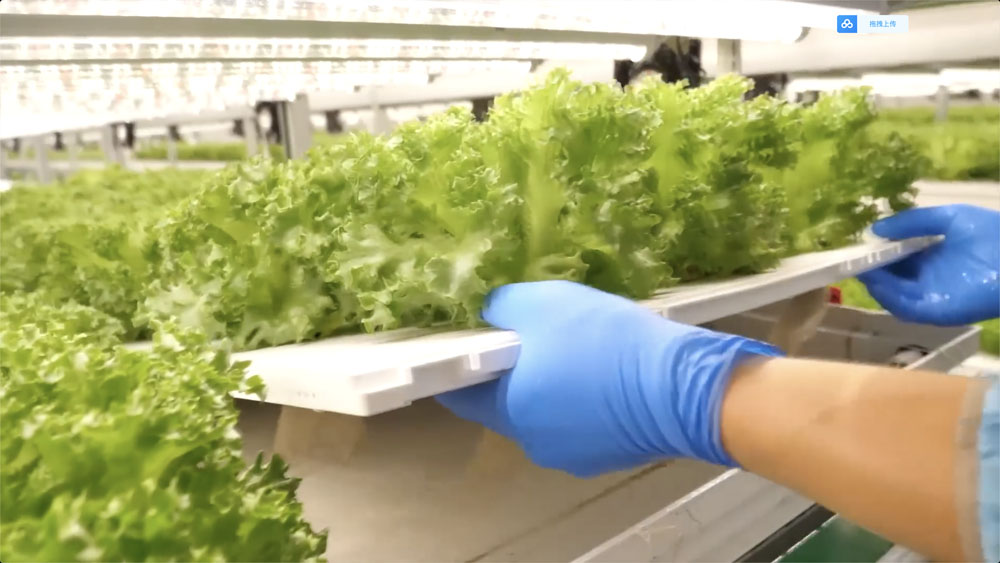Production plant factories usually refer to facilities that use advanced indoor agricultural technology to grow plants on a large scale in a closed environment by controlling irrigation, lighting and climate conditions. These plants are designed to optimize various factors of plant growth to increase yield, quality and efficiency while reducing reliance on natural resources. Features of productive plant factories include: Indoor environment control: Use advanced temperature, humidity, light and carbon dioxide concentration control technology to adjust the plant growth environment to make it most suitable for plant growth. High water resource utilization efficiency: Use a circulating irrigation system to reduce water waste and ensure that plants receive the appropriate amount of water. Light optimization: Using advanced lighting systems such as LED, the wavelength and intensity of light can be adjusted according to the needs of different plants, improving photosynthesis efficiency. Soilless cultivation: Soilless cultivation techniques such as hydroponics or matrix culture are often used to provide plant roots with sufficient oxygen and nutrients to promote growth. Biosecurity and quality control: Control the external environment, reduce the invasion of pests and diseases, and ensure the safety of plant growth and the stability of product quality. Efficient use of space: Maximize the use of limited space and increase production through vertical planting, cascading planting, etc. The advantage of a productive plant factory is that it can be established anywhere, regardless of season or climate, and can achieve uninterrupted production throughout the year. They can also reduce the use of pesticides and fertilizers, reduce environmental pollution, and make agriculture more sustainable. Therefore, productive plant factories have broad application prospects in urban agriculture, food security, and grain production.





















